Overview
Region :- Uttarakhand
Duration :- 9 Days
Grade :- Easy To Moderate
Max Altitude :- 11657 Ft.
Approx Trekking Km :- 1607 Kms.
The Char Dham is a set of four pilgrimage sites in India. It is believed that visiting these sites helps achieve moksha. The four Dhams are, Badrinath, Dwaraka, Puri and Rameswaram. It is believed that every Hindu should visit the Char Dhams during one's lifetime.
Nestled among the serene heights of the great Himalayas are four pilgrim-destinations namely Yamunotri, Gangotri, Kedarnath, and Badrinath, collectively known as Char Dham. These pilgrimage centers draw the maximum numbers of pilgrims each year, thus becoming the most important hubs of religious travel in the whole of Northern India. Traditionally, the pilgrimage begins from the West and ends in the East. Thus, the Char Dham Yatra commences from Yamunotri, then proceeding to Gangotri and finally to Kedarnath and Badrinath.
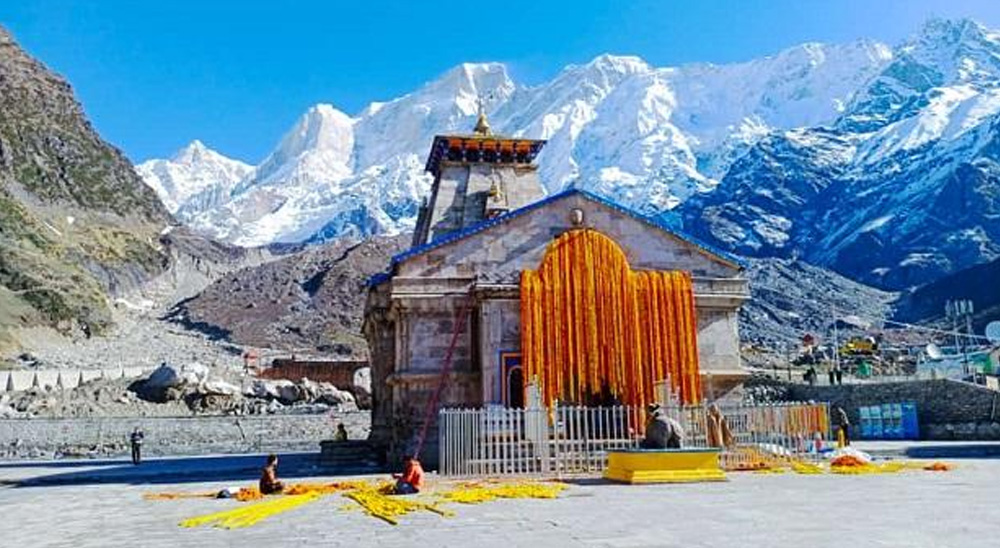
Brief Itinerary
Day 1 : Haridwar To Barkot
Day 2 : Barkot To Yamunotri And back to Barkot
Day 3 : Barkot To Uttarakshi
Day 4 : Uttarakshi To Gangotri Vai Harsil Valley
back to Uttarakshi
Day 5 : Uttarakshi To Guptkashi
Day 6 : Guptkashi To Kedarnath temple
Day 7 : Kedarnath Temple To back to Guptkashi
Day 8: Guptkashi To Badrinath Dham
Day 9: Badrinath dham To Rishikesh / Haridwar
Itinerary
Day 1: Haridwar – Barkot
Barkot via Mussoorie, on the way visit Kempty Fall in
Mussoorie. Later drive straight to Barkot. Check into the
hotel arrival in Barkot. Stay overnight at Hotel in Barkot.
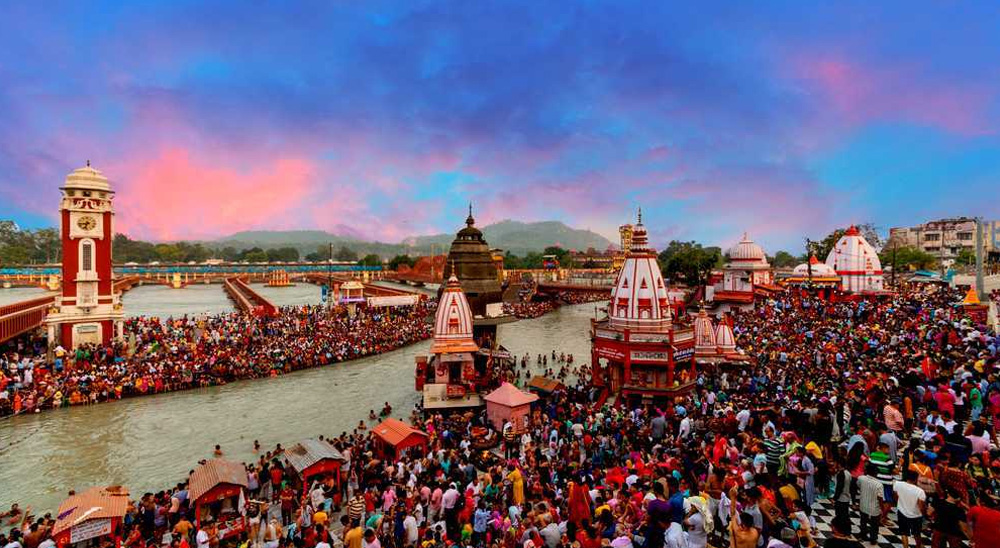
Day 2: Barkot – Yamunotri – Barkot (36kms drive & 5
kms Trek )
Early morning after breakfast (packed breakfast), move to
Jankichatti / Phoolchatti & star trek from here to
Yamunotri (6kms) (Either by walk or by horse or by Doli at
own cost). after taking bath in Jamunabai Kund's warm
water and having "Darshan" of "Yamunaji" back to
Jankichatti by trek. Later moving towards Barkot, Stay
overnight at Hotel in barkot.
Yamunotri Temple- Maharani Gularia of Jaipur constructed the
temple in the 19th Century. It was destroyed twice in the present
century and rebuilt again. At Yamunotri, One can cook rice by
packing it in a cloth and dipping it in the hot water of the Tapt kund.
Pilgrims take this cooked rice home as "Prasad". Here near the
temple "Pooja" can be offered to Divya Shila.Surya Kund- There are
a Number of thermal springs near temple, which flows into
numerous pools. The most significant of these is Surya Kund.
Surya Kund There are a Number of thermal springs near temple,
which flows into numerous pools. The most significant of these is
Surya Kund.
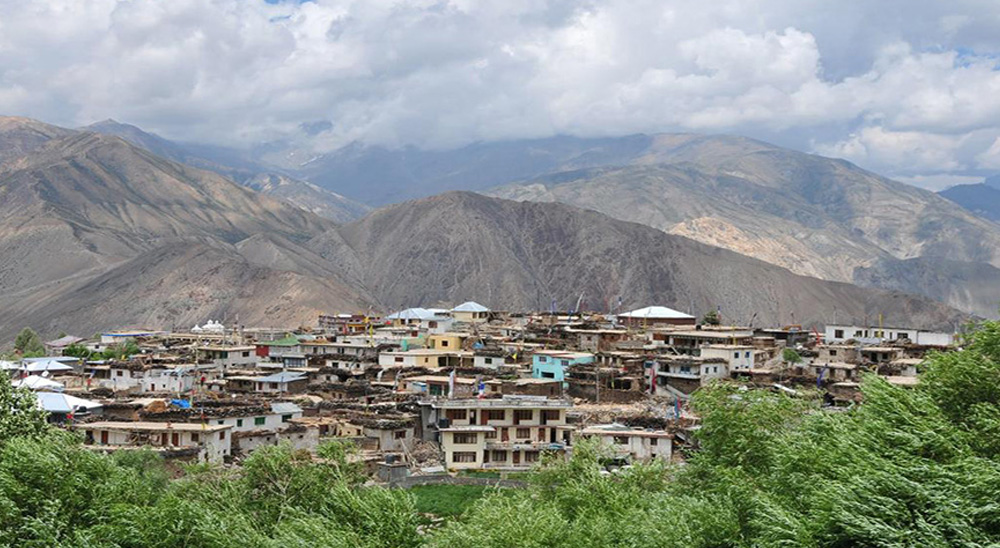
Day 3: Barkot – Uttarkashi (100kms/4hr)
Morning afer breakfast, move to Uttarkashi. Check into the hotel
reached in Uttarkashi. Visit Kashi Vishwanath Temple in Uttarkashi.
Stay overnight at Hotel in Uttarkashi.Uttarkashi is home to a
number of ashrams, temples. The name of the town reflects its
similarity to and location (as north of) the city of Kashi (Varanasi).
Similar to Varanasi, town of Uttarkashi is also situated on the banks
of River Ganga.
Vishwanath temple Vishwanath temple is one of the oldest Shiva
temples in Northern India. Re-built in 1857 by Maharani Khaneti
Devi of Tehri State in the ancient architectural style. It is situated at
the heart of the town. A heavy iron trident, symbolic of divine
mother's, is erected and worshiped from time immemorial at the
temple complex. Ganeshji, Sakshi Gopal, Markandeya Rishi's small
shrines are also part of the temple complex. Akhand Jyoti as well as
Akhand Abhishek, special aarti at morning and evening are offered.
As per Skunda Puran, Uttarkashi is known as 'Saumya Varanasi',
the abode of Lord Shiva in Kaliyug and counted as one of the twelve
Jyotirlingas.
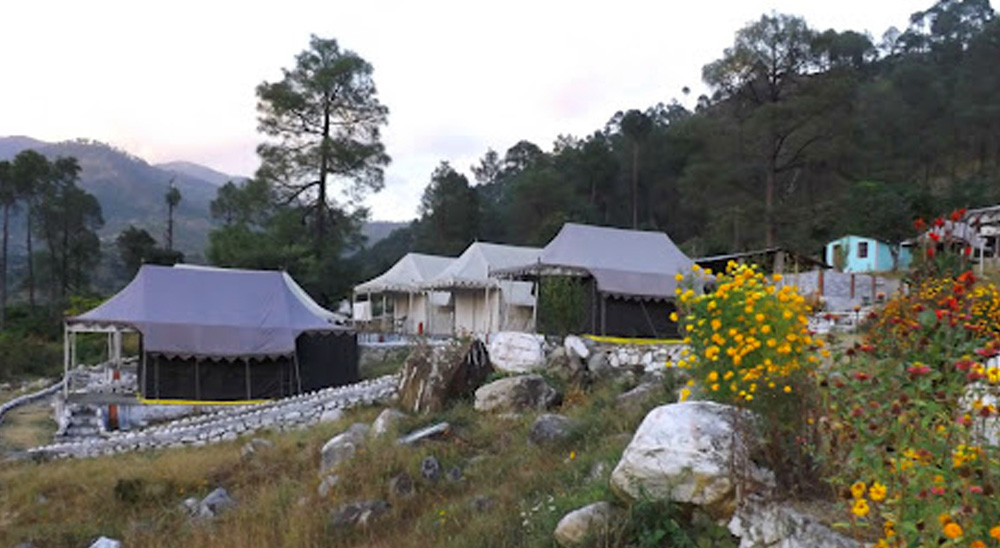
Day 4: Uttarkashi – Gangotri – Uttarkashi (100kms/
3-4 each side)
Early morning (packed breakfast) move to Gangotri, on the way at
Gangotri take a sacred dip in Garam Kund, further drive to Gangotri
via beautiful Harsil Valley. Harsil is famous for its nature beauty and
for the majestic views of the Deodar trees and mountains. On arrival
at Shree Gangotri, take a holy dip in the sacred river Ganges which
is also called Bhagirathi at its origin. Perform Pooja and Darshan,
afer that rest for some time in the lovely surroundings. Later get
back to Uttarkashi. Stay overnight at Hotel in Uttarkashi.
Gangotri Temple The temple was built by the Gorkha General
Amar Singh Thapa in the 18th Century, is situated on the right bank
of Bhagirathi.
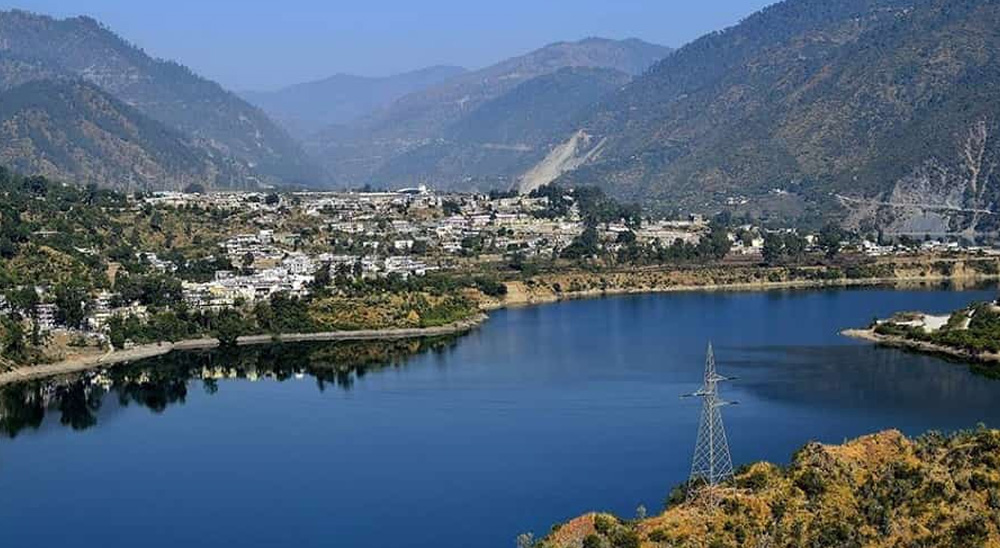
Day 5: Uttarkashi – Guptkashi (220kms/8-9hr)
Morning afer breakfast, move to Guptkashi via Moolgarh &
Lambgoan. On the way you can see the beautiful river Mandakini at
Tilwara. The Mandakini River comes from Kedarnath, drive
alongside the river to reach Guptakashi, visit Ardh Narishwar
Temple in Guptakashi. Check into the hotel arrival in Guptakashi.
Stay overnight at Hotel in Guptkashi.
Guptakashi The name Gupt Kashi means "Hidden Benares.
Mythology describes how when the Pandava brothers were
searching for a glimpse of Shiva, Shivji first concealed himself at
Guptkashi, but later fled from them further up the valley to
Kedarnath, where the Pandavas finally got their wish fulfilled.
There are more tangible relations as well-the Kedarnath pandas
(priests) live in Guptkashi during the winter months, and after the
Kedarnath temple closes for the winter, the image of Kedarnath
passes through Gupt Kashi on its way to Ukhimath (across the
valley), where it stays for the winter.
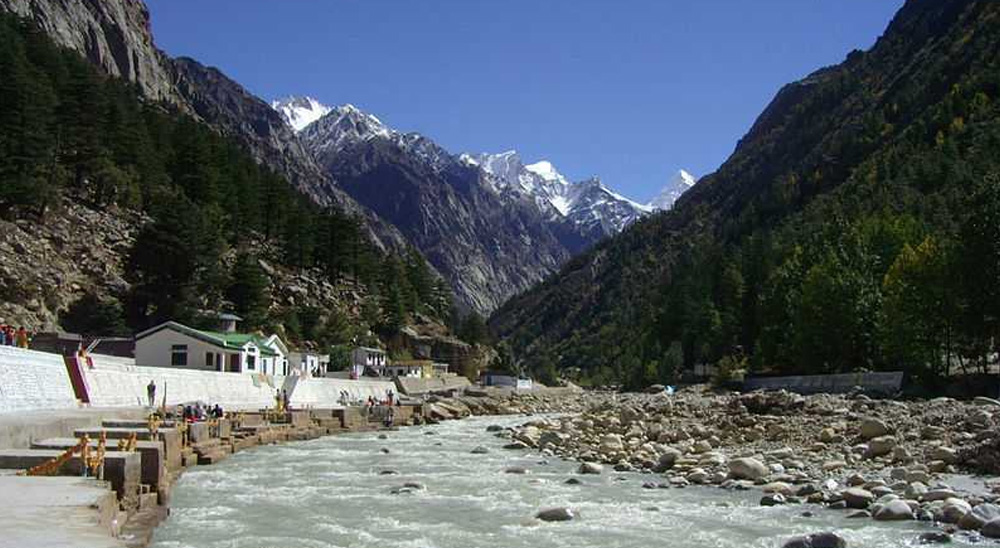
Day 6: Guptkashi – Kedarnath Temples
Early morning afer breakfast departure for Kedarnath dham. Enjoy
Kedarnath Darshan. Stay overnight at Kedarnath Govt. Guest
House. By Helicopter - Morning our driver will drop you your
prebook Helipad. You can inform driver about your arrival time
whether it will by helicopter or by trek, so that Driver will be there to
pick you up. (Note: helicopter ticket is not included in this package).
By Trek Morning our driver will transfer you at Sonprayag then you
have to take local jeep for Gaurikund & then your trek start for
kedarnath ji. Afer darshan you follow same & return to Sonpraag.
There is big parking issue so driver will back to other palace if his
contact no. in not working then you have to arrange other taxi or
wait for your driver.
Kedarnath The Kedarnath shrine, one of the 12 jyotirlingas of Lord
Shiva, is a scenic spot situated, against the backdrop of the majestic
Kedarnath range. Kedar is another name of Lord Shiva. According
to legend, the Pandavas afer having won over the Kaurava in the
Kurukshetra war, feel guilty of having killed their own brothers and
sought the blessings of Lord Shiva for ransom. He eluded them
repeatedly and while fleeing took refuge at Kedarnath in the form
of a bull. On being followed he dived into the ground, leaving his
hump on the surface.
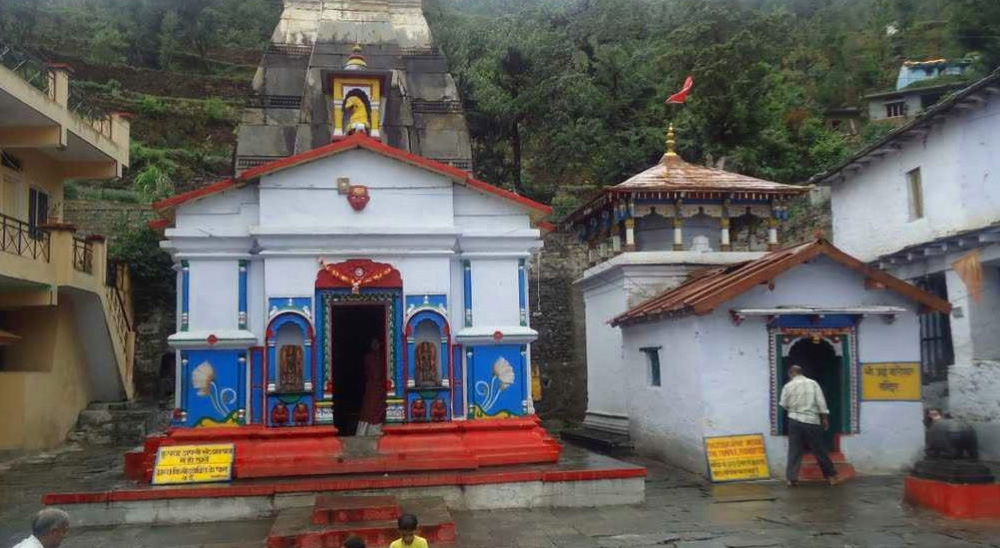
Day 7: Kedarnath To Guptkash
Early in the morning, you get up before dawn and after taking a
bath you are at the temple ’ Kedarnath Shiva. Everyone can go
inside Garbha Griha and touch the idol. You can also prostrate with
your head touching the deity etc. after darshan and puja, you come
out of the temple and return to the Govt. Camps / Lodges. Later
you’ll start the return trek of 20 km from Kedarnath to Guptkashi.
The vehicles wait for you in Guptkashi Car Parking and you’ll drive
to your hotel. Dinner and Overnight at Guptkashi / Patha.
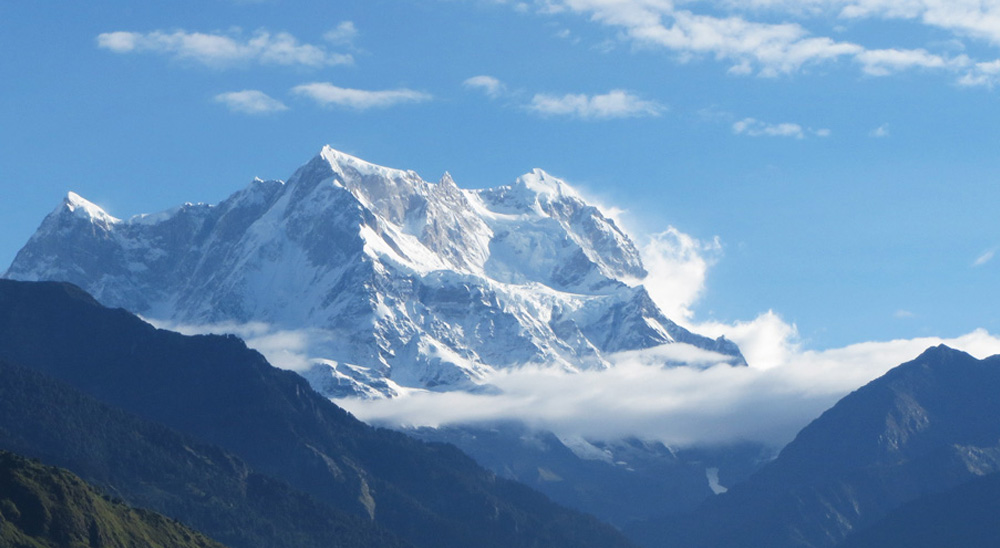
Day 8: Guptkashi – Badrinath
This morning, you check out of the hotel at 08:00 am and drive to
Badrinath via Joshimath. after driving through some wonderful
Ghat road you arrive at Badrinath. On arrival check into the hotel.
after some rest and refreshments, you are all set to go to Badrinath
Temple for darshan in the evening. But first, you have to go to Tapt
Kund (Hot Spring), take a bath, and then go to the temple.
Dedicated to Lord Vishnu, the temple of Shri Badrinath Ji is 15
meters in height, built in the form of a cone with a small cupola of a
gilt bull and spire. Later back to the hotel. Dinner and Overnight stay
at the hotel.
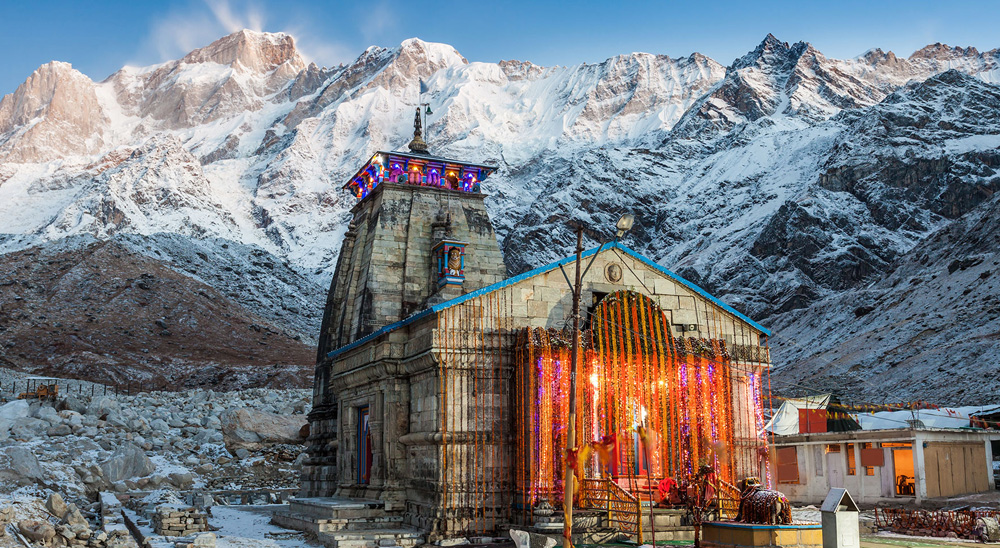
Day 9: Badrinath To Rishikesh To Haridwar
Early morning, after breakfast, you drive downhill to Rishikesh, a
spiritual city and the Yoga capital of the world. On reaching
Rishikesh you’ll do the Rishikesh sightseeing visit Ram Jhula and
Laxman Jhula. Evening drive to Haridwar and drop in Haridwar
Railway Station.
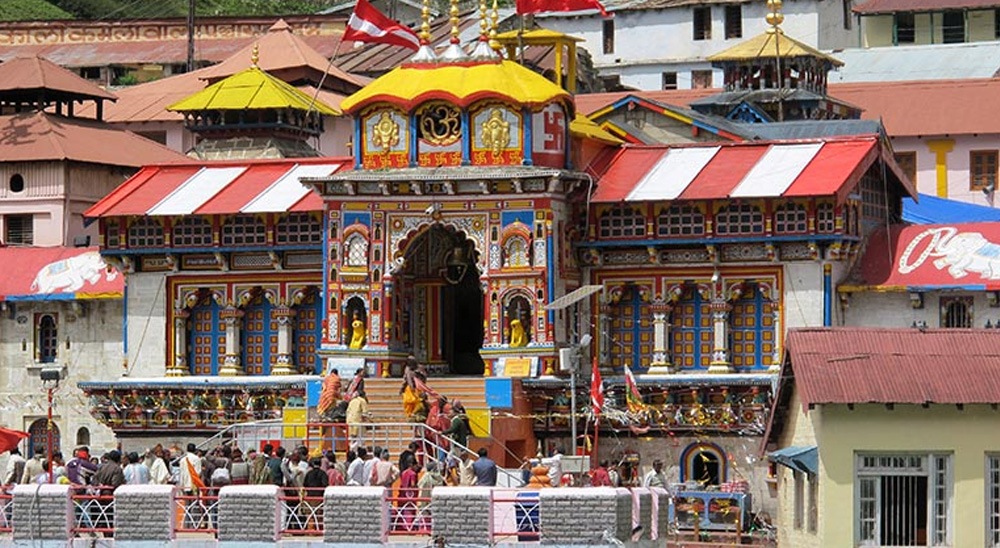
How to Reach
By Air :-
Take a flight to Jolly Grant Airport Dehradun, Hire a cab to reach
Dehradun City as the airport is 29 km away.
By Train :-
The Haridwar/Rishikesh/Dehradun railway station is located in
the centre of the city which is well connected to all the major cities
of the country
By Bus:-
Haridwar/Rishikesh/Dehradun is easily accessible from major
cities of the country as it has an excellent road connectivity with
other major cities and towns of North India. There are state-run
and private buses that offer a regular service
Amenities
Inclusions :-
| 1. Transportation (From Haridwar To Haridwar) |
| 2. All Transfers and Travels in Ac Tempo Traveller (Ac will be off
on mountains) |
| 3. Stay Hotel, Guest house, Camping |
| 4. Hotel Accommodation as per package same or similar hotels. |
| 5. All Meals as per package (Breakfast, Dinner) |
| 6. Transfers and sightseeing as per above. |
| 7. All toll tax, parking, fuel and driver allowances. |
Exclusions :-
| 1. 5% GST |
| 2. Any Extra Meals during travel. |
| 3. Anything which is not included in the inclusions |
| 4. Personal expenses like phone calls, laundry,room
heater charges, beverages, mineral water,room
service,tea.coffee,etc |
| 5. Any train fare/air fare unless specified. Garden
entrance fees, permits, camera fees,guide charges. |
| 6. Any rides, boating charges,additional sightseeing tours
other than those mentioned in the Inclusions/Itinerary. |
| 7. Any hike in fuel, tax structure (Luxury tax,transport tax
or service tax) any other expenses / service not
mentioned in the Inclusions. |
Payment Policy
- Pay Rs.1000/- per head to reserve your seat & you
can pay the remaining amount on Arrival of trip
- Any flight bookings, shall be paid 100% in advance.
- 25% Rescheduling charges.
TERMS & CONDITIONS
Booking amount is not refundable & in case of
Cancellations,Charges would we levied.
Trip Can Be cancelled or postponed due to Climate Change, Land
Sliding, Red Alert. Etc. payment will not refunded. Adjust in next
trip date.
Heater and geyser facility will not be provided in kedarnath dham
Room because its not luxury tourist place, You have to buy Hot
water bucket.
If weather conditions get serious we will have to change the yatra
plan according to the climate conditions. payment will
notrefunded. Adjust in next trip date.
You can't compliant if your green pass or e-pass is taking time to
get issued While travelling.
If displayed symptoms of COVID-19,Test will be borne by the
traveller.
Act of misbehave will result into trip cancellation.
In Case Vehicle Break Down due to any reason,Clients have to wait
till it get repaired. No compensation will be provided for any type
of delay.
DOCUMENTS REQUIRED
- GOVERNMENT ISSUED IDENTITY
(AADHAR/LICENSE)
- PERSONAL AND GUARDIAN CONTACT NUMBER
- A SIGN CONSENT LETTER REGISTRATION FEES AND
EMAIL ADDRESS
Fitness Required for Char Dham Yatra
At high altitude as the air gets thinner oxygen becomes less abundant.The percentage saturation of hemoglobin with oxygen determines the content of oxygen in our blood. After the human body reaches around 2,100 m (7,000 feet) above sea level, the level of oxygen in our hemoglobin begins to plummet. However, the human body has both short-term and long-term adaptations to altitude that allow it to partially compensate for the lack of oxygen.
The Char Dham Yatra Trek is an easy trek suitable for first time trekker with basic fitness
Trekking Experience: Ideal trek for a beginner.
Fitness Required: The Valley of Flowers Trek falls in the category of Moderate treks. The trail is fairly laid out path and has very few steep ascends or descends. Water is available through out the trail. But still if you are thinking of your first big Himalayan trekking experience its better to be prepared. Here is the training schedule to prepare for the trek.